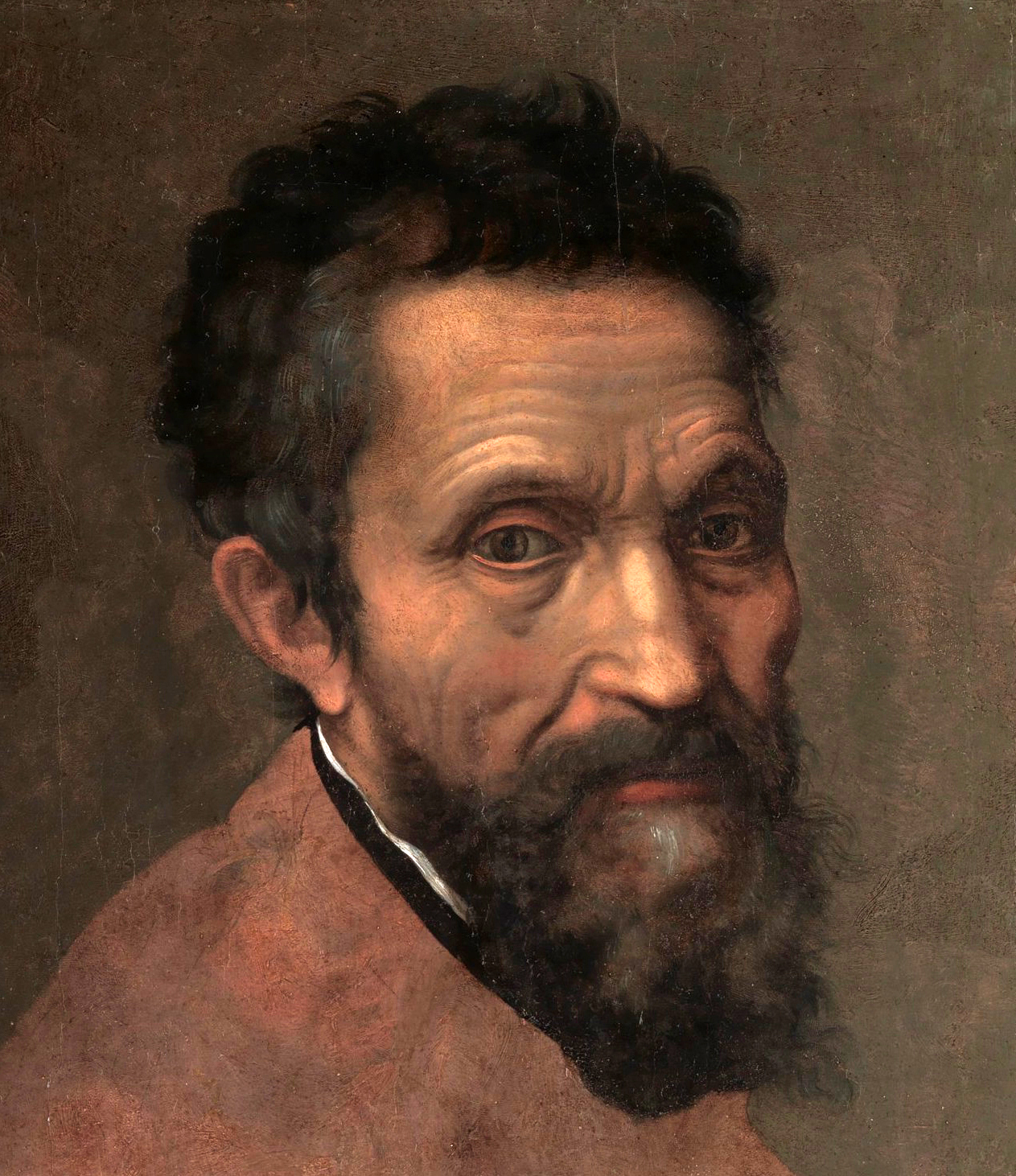About the exhibition
Under license from the Vatican Museums, this extraordinary exhibition brings the most complete and authentic reproduction of Michelangelo’s beautiful ceiling frescoes of the Sistine Chapel to be shown outside the Vatican.
For the first time in New Zealand and showing in Auckland only, Michelangelo – A Different View offers unprecedented access to these world-famous masterpieces, at just metres away.
Michelangelo – A Different View presents a very different picture of Michelangelo’s works: the exhibition shows photo-mechanically reproduced copies almost in original size and in a way that invites visitors to look at them up close and in their own time.
Michelangelo – A Different View is a transformative experience that allows attendees to look down on The Genesis that is enshrined on the ceiling of the Sistine Chapel rather than up…. hence the name “A Different View”. This offers a much closer perspective of what its Florentine creator did. The rest of the frescoes are in frames and can be viewed at a distance of just 2m.
With no time constraints, guests can allow these masterpieces to truly soak in.
Some 50 pieces, including an almost original size a 4.6m x 20m reproduction of The Genesis (which includes the Creation of Man) and a 3.8m x 3.8m version of the Last Judgment are just 1-2 metres away while audio guides, accessible via personal devices (please bring your own phone and/or headset or ear buds) mean visitors can experience the Florentine master’s interpretation of the history of creation in a way they never imagined.
As an addition to – and to complete – the exhibition Michelangelo – A Different View, 14 of these impressive frescoes await visitors in the entrance. The scenes from the life of Jesus and that of Moses painted by Sandro Botticelli, Pietro Perugino, Domenico Ghirlandaio and Cosimo Rosselli provide additional historical background and allow for a deeper insight into this epoch.
WHERE?
Hunua Room, Level 1, Te Pokapū | Aotea Centre, Auckland
Please note: At the Aotea Centre, the health and safety of our staff and visitors is our priority. Under the Covid-19 Protection Framework all visitors are required to comply with venue conditions of entry which include a valid My Vaccine Pass, signing in and wear a face covering when required.
WHEN?
Monday 3rd January – Sunday 13th February 2022.
Hours: 10am-5pm, 7 days a week.
TICKET PRICE:
General admission: $45 + service fees.
VIP Tickets: $75 + service fees.
VIP tickets include: After hours access, no queues, a welcome drink and charcuterie, meet the promoters and Dr Christopher Longhurst, an expert on The Vatican and Sistine Chapel!
ADDITIONAL INFO:
The exhibition includes an audio commentary for each of the pieces. Please bring your own headphones and a mobile device with an internet connection to make use of the audio commentary. Printed versions will also be available.
Please note: Michelangelo saw the natural naked human form as a means of artistic expression, and it is portrayed as such in some of the famous works in the exhibition.

About the artist
Michelangelo di Lodovico Buonarroti Simoni (6 March 1475 – 18 February 1564), known simply as Michelangelo, was an Italian sculptor, painter, architect and poet of the High Renaissance born in the Republic of Florence. He exerted an unparalleled influence on the development of Western art. His artistic versatility was of such a high order that he is often considered a contender for the title of the archetypal Renaissance man, along with his rival and elder contemporary, Leonardo da Vinci. Several scholars have described Michelangelo as the greatest artist of his age and even as the greatest artist of all time.
A number of Michelangelo’s works of painting, sculpture and architecture rank among the most famous in existence. His output in these fields was prodigious; given the sheer volume of surviving correspondence, sketches and reminiscences, he is the most documented artist of the 16th century. He sculpted two of his best-known works, the Pietà and David, before the age of thirty. Despite holding a low opinion of painting, he also created two of the most influential frescoes in the history of Western art: the scenes from the Genesis on the ceiling of the Sistine Chapel in Rome, and The Last Judgment on its altar wall. His design of the Laurentian Library pioneered Mannerist architecture. At the age of 74, he succeeded Antonio da Sangallo the Younger as the architect of St. Peter’s Basilica. There he transformed the plan so that the western end was finished to his design, as was the dome, with some modification, after his death.
Q & A with the licensors
Is there an Exhibition Guide?
Yes, the individual motifs are explained in the context of the books of the Bible from the perspective of the great master himself. In the introduction, Michelangelo Buonarroti explains how he obtained the assignment. He also provides a little insight into the adversities that were typical for everyday life in Italy in those days. The audio guides are accessed by a QR code displayed at entry to the exhibition, so that visitors may listen on their personal devices at each motif. The installation of an app is not necessary. We also provide a printed version of the audio guide, for visitors with hearing difficulties. A printed Te Reo version will also be available.
How did you get the pictures from the Sistine Chapel?
When we first presented the idea of the exhibition to Prelate Dr. Karl Jüsten, the director of the Catholic Office in Berlin. Dr. Jüsten recognized the potential of this idea and established contact with the Vatican Museums. There, E4Y received enthusiastic support from the church historian, His Eminence Cardinal Walter Brandmüller. Thanks to this contact a license agreement was concluded with the Vatican Museums, enabling a whole series of photo slides to be made available that had been slumbering in the museums’ archives for many years.
Are all pictures printed with the sublimation printing process?
No, the Quattrocento were created with fabric specially developed for digital printing.
Who took the photos of the frescoes?
Following the restoration of the Sistine Chapel between 1982 and 1994, a Japanese team received permission to film the newly resplendent Chapel. Photo slides were made of the frescoes in a 200 x 250 mm format.
Did the photos need to be edited?
Yes, the slides were handed over to the photographer Roland Ursprung. He was commissioned to fundamentally process the photos and transfer them to a reproducible state. As can be imagined, the images of the vaulted ceiling were lacking both in perpendicularity and colour consistency. In addition, the slides had become heavily scratched as the result of dust deposits. Ursprung mastered this challenge by the use of complicated, expensive and sensitive digitalization technology.
What were the next steps?
After we had the finished high-resolution print files, the next step was to transfer them to the right material. After a few trials, we decided on Decotex 205g/m², a coarse textile material. Decotex fabric is used for one-sided, high quality applications and has the exceptional quality of being able to display a broad spectrum of colours while maintaining excellent colour depth and consistency.
The images were then transferred to the fabric by using a process call “sublimation”. In this process the inks are vaporized (sublimated) and infused directly into the fabric. In short, the heat opens up the pores of the fabric, then with applied pressure the ink cools and returns to a solid form. The result is a permanent, full colour image that won’t crack, peel or wash away from the fabric.




